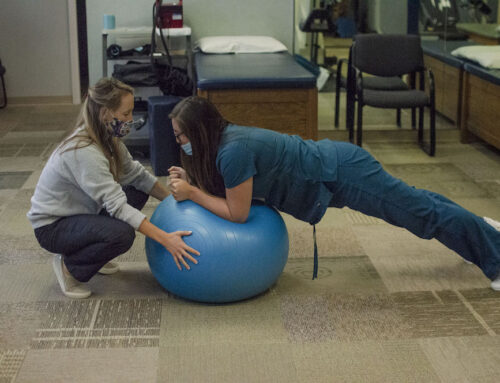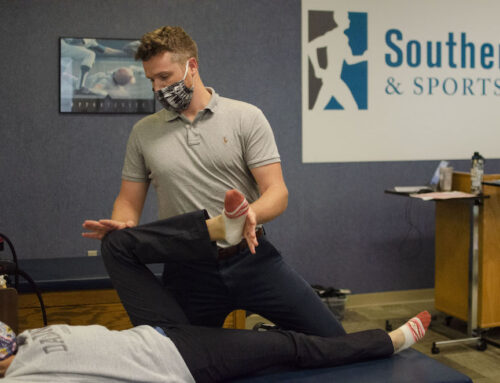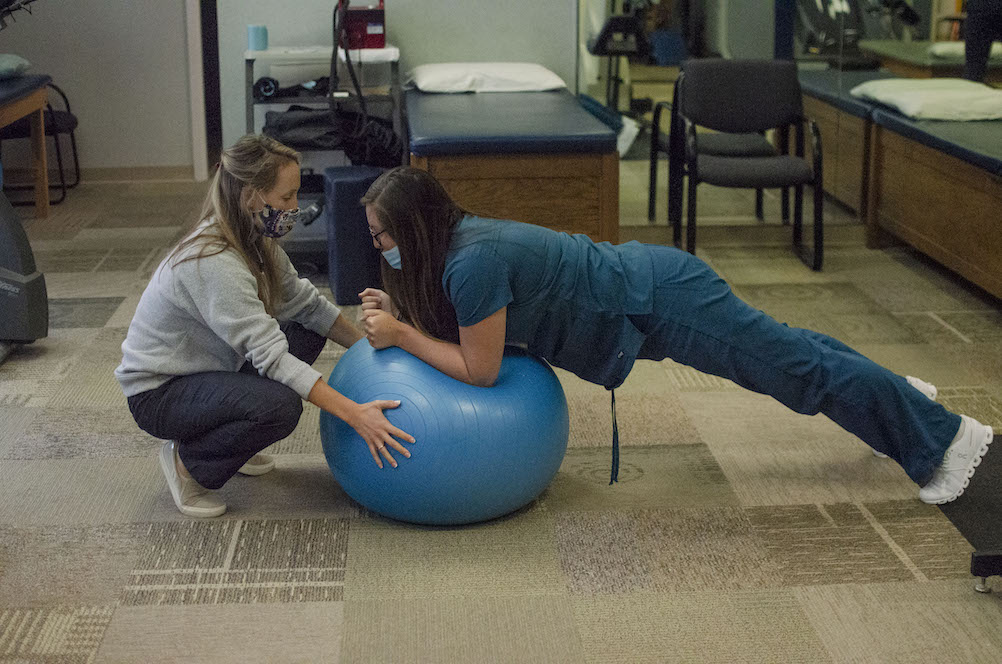Pain management, an important component of physical therapy, is garnering more attention than ever. America’s opioid crisis is pushing the medical field and lawmakers to change how pain medications are prescribed. Many opioid addictions began with a legal prescription for pain, so the Department of Human Health Services, Medicare, and insurance companies are requesting conservative treatments. Physicians are making more referrals for conservative treatments and physical therapy is often at the top of the list.
Considering Physical Therapy for Pain Management
Treatment from a physical therapist may benefit anyone with musculoskeletal pain like chronic lower back or neck pain, arthritis pain, or joint pain. Because of the complicated and individual movement patterns that contribute to pain, physical therapists must train proper body mechanics and ergonomics. This training addresses the root cause of pain rather than masking it with medications.
Physical therapy treatment plans are individualized and may include physical, emotional, and psychological components of pain. One issue physical therapists address is “fear avoidance”. When someone suffers chronic pain, they prevent further pain by avoiding and adjusting their movements. The human body is made to move, but when we are injured, we don’t want to move. While rest may decrease chronic pain, it does not solve the problem and pain will resume when normal activity does.
Preventing Further Pain
Pain is often a sign that the body needs more movement, but people with dysfunctional movement patterns need help before they can return to normal movement. Otherwise, attempting normal activities will cause further pain. A physical therapist helps patients break down movement patterns and isolate smaller movements at individual joints. The therapist and patient train and practice those smaller movements before stringing the segments back together into the larger movement. The results are patients who reduce their pain and learn to move in a way that does not cause pain.
Not every patient can completely resolve pain; a physical therapist’s goal is to improve quality of life. Chronic pain strongly decreases quality of life; patients may stop going out for social events, stop doing housework or yard work, and can become depressed and suffer personality changes. Any decrease in pain may increase activity and thus improve quality of life.
A Long-Term Solution
Managing pain with conservative measures may take longer than a pharmaceutical approach, but the results last longer. Rather than masking pain with medications, physical therapists are helping patients heal and avoid re-injury.
It’s ideal to begin treatment soon after pain begins, but even very old pains may benefit from physical therapy. Even people who have received physical therapy in the past may find help from new research and different treatment approaches.
Let Us Help with Your Pain Management
If you’re suffering from any type of physical pain, call Rehab & Sports Medicine today. Physician referrals are welcome but not required. We want to help!









